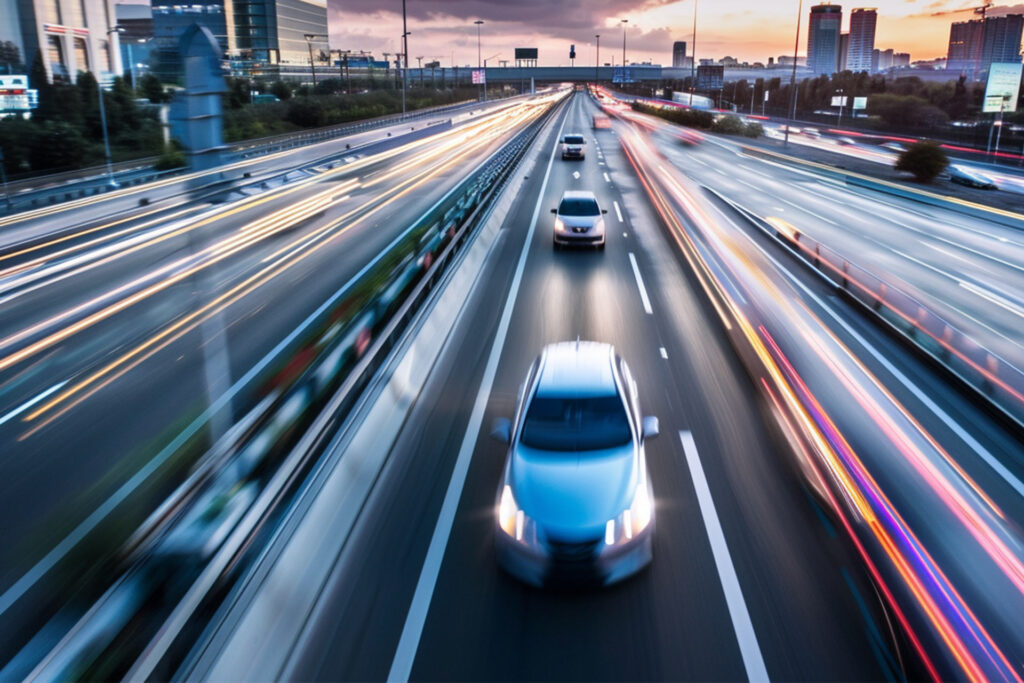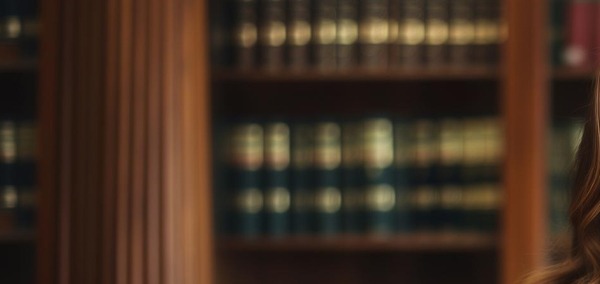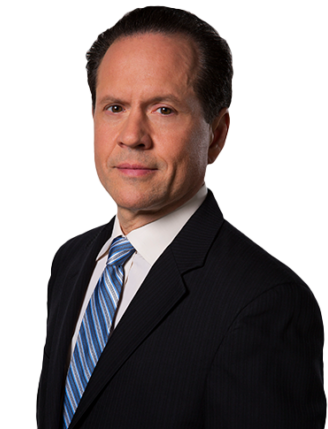Figuring out who is responsible when a self-driving car gets into an accident is a new tricky grey area. Self-driving cars have been in at least 16 accidents, including at least three here in Las Vegas. This article will guide you through understanding liability in such cases and what steps to take next.
Key Takeaways
- Self-driving cars can make decisions faster than humans, but they’re not accident-proof.
- If a self – driving car crashes, the manufacturer might have to pay for damages. But people hurt in the accident still need to prove their injuries or damages.
- Drivers can be responsible too if they turn off autopilot and take control before an accident. Keeping the car’s software updated is also important for avoiding accidents.
- Insurance companies are changing how they decide who pays after a crash with a self – driving car. Now, they look at data from the car itself to figure out what happened.
- In some cases, owners or drivers of self – driving cars could still be blamed for a crash. This includes overriding autopilot, neglecting maintenance, misusing technology, modifying software or hardware, and ignoring safety warnings.
Understanding Self-Driving Cars
These marvels of technology steer, accelerate, and brake without a human driver behind the wheel. They rely on sensors and software to navigate roads and avoid obstacles.
Think of them as computers on wheels that can make split-second decisions much faster than humans can.
Self-driving cars aim to reduce human error, which is the leading cause of car accidents today. With companies like Google leading the way in developing autonomous vehicles, it’s clear this technology has started to hit our streets.
But remember—self-driving doesn’t mean accident-proof. As they become more common, questions about liability in crashes involving these driverless wonders are pushing us into new legal territory.
The Concept of Liability in Self-Driving Car Accidents
Figuring out who is at fault in a self-driving car accident can get tricky. It often means looking closely at whether the tech or a person made a mistake.
Manufacturer Liability
Manufacturers of self-driving cars might need to pay for damages if their vehicle causes a crash while on autopilot. This is because the autopilot feature could show there’s something wrong with the car.
For example, Volvo has already promised to cover all costs for injuries and property damage caused by their autonomous cars. This shows a big shift in where responsibility lies—from drivers to car makers.
Even though some automakers have made these promises, they are often not quick to hand out money for claims. People hurt in accidents involving driverless cars still have to prove how badly they were injured or what was damaged.
This can make seeking compensation a long process filled with challenges.
Personal Liability
Even with advanced self-driving cars on the road, personal liability can still come into play. If a driver switches off autopilot and takes control right before a crash, they may be held responsible.
This shift in control is crucial; it shows that not all accidents involving self-driving vehicles are free from human error. The law focuses on who had control at the time of the accident.
Owners must also beware. Keeping their vehicle’s software updated is their responsibility. Failing to do so could lead them to face liability if outdated software contributes to an accident.
Impact of Self-Driving Cars on Insurance
The arrival of self-driving cars on the streets brings a big shift in insurance landscapes. Insurance companies, previously basing premiums on human error, now face a new challenge with autonomous vehicles.
With more self-driving cars hitting the road, liability is moving from drivers to manufacturers. This change means insurers must adapt their models to account for advanced technology and potential manufacturer faults rather than individual driving habits.
Insurers are turning to electronic control modules within these vehicles to pinpoint liability in crashes involving self-driving cars. These sophisticated systems offer detailed data about a vehicle’s movements before an accident, providing clarity on what—or who—caused it.
As manufacturers may have to prove their vehicles were not at fault in accidents, insurance policies and costs could see significant changes. For individuals in places like Nevada or Las Vegas, where car culture reigns supreme, understanding these shifts is crucial after being involved in an accident with an autonomous vehicle.
Determining Liability in an Autonomous Vehicle Crash
Figuring out who is liable in a self-driving car accident involves looking at several factors. If the autonomous vehicle causes an accident, liability could fall on the manufacturer if it’s proven that the car’s technology was at fault.
For example, Google’s self-driving prototypes have been part of 16 accidents, pushing for more focus on how these vehicles and their makers are viewed under the law.
Yet, owners or drivers can still be held responsible in some situations. This happens when they’ve taken the vehicle off autopilot or neglected necessary maintenance. As cars become more automated, understanding these nuances becomes crucial for anyone involved in an accident with a self-driving car.
Possible scenarios where Owners or Drivers of Autonomous Cars could be held Liable
In the world of self-driving cars, figuring out who is at fault in a car crash can get complicated. Las Vegas residents need to know when they might be on the hook if their autonomous vehicle causes an accident. Here are some scenarios where owners or drivers could find themselves liable:
- Choosing to override autopilot – If a driver decides to take control from the autopilot system and then gets into an accident, they can be held responsible. The law views this as the driver making an active choice to drive, shifting liability from the car manufacturer to them.
- Neglecting maintenance – Owners must keep their vehicles in top condition. If a crash is linked to a failure in servicing the car—say, ignoring a recall notice for a software update or not fixing known mechanical issues—the owner could face liability.
- Misusing the technology – Using automated driving features in ways not intended by the manufacturer, like activating autopilot on unsuitable roads or under bad weather conditions that it’s not designed for, can lead directly back to personal liability in case of an accident.
- Modifying software or hardware – Tweaking or hacking into your car’s systems to change how they perform can leave you fully responsible if those modifications contribute to a crash. Vehicle manufacturers only cover what they put into the car; once altered, you’re taking full risk onto yourself.
- Ignoring safety warnings – Many autonomous vehicles come with safety alerts that advise when to retake control of the vehicle or when conditions are unsafe for automated driving. Disregarding these warnings places responsibility squarely on the driver’s shoulders should anything go awry.
Understanding these scenarios clarifies why staying informed and cautious with your self-driving car is crucial—you don’t want to end up liable for damages after an auto accident involving a high-tech ride.
Now, let’s delve into challenges in determining liability in self-driving car accidents.
Challenges in Determining Liability in Self-Driving Car Accidents
Figuring out who is at fault in self-driving car crashes is tricky. Self-driving cars use complex technology that blends hardware and software, making it hard to pinpoint a single cause of the crash.
Sometimes, the car itself may malfunction due to an issue with its automated driving systems. Other times, external factors like road conditions or actions from other drivers play a role.
Each accident involving a self-driving vehicle becomes a puzzle where all these pieces matter.
Lawyers have to look at everything—the car’s design, how it was driving at the time of the accident, and laws about autonomous vehicles. States like Nevada might have different rules than others for self-driving cars on their roads.
This means even where the crash happened can affect who is considered responsible. For someone hurt in an accident or owners worried they might still be held liable despite not being behind the wheel, understanding these nuances is crucial.
Next Steps
Determining who is at fault when a self-driving car crashes can be tricky. It might be the company that made the car, the software developers, or even the person inside. Laws and rules are still catching up with technology, making things complicated.
Yet, if you’re injured in such an accident, getting advice from a skilled lawyer helps ensure you’re treated fairly. It’s all about navigating these new challenges together.
Contact Us for a Free Consultation
If you have been injured in a autonomous vehicle accident, contact Jack Bernstein Injury Lawyers for a free, no obligation consultation with experienced Las Vegas accident lawyers. You will gain an advocate for every stage in the claims process until you have the compensation you deserve.
Jack Bernstein Injury Lawyers is available to help you handle your injury claim in the Las Vegas metropolitan area and beyond. Jack Bernstein and his team can offer you the personalized service and legal representation you deserve after an accident.
Call us at (702) 633-3333 or contact us today for a free consultation to discuss your case.


